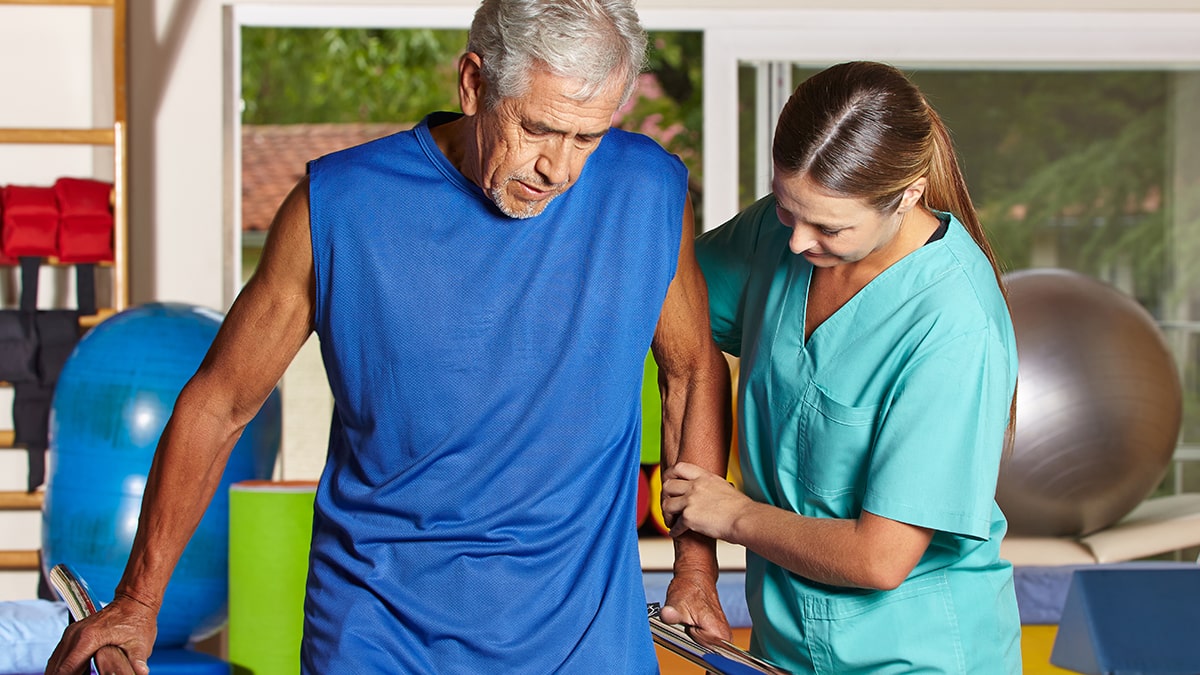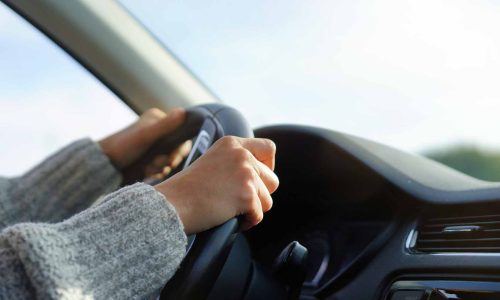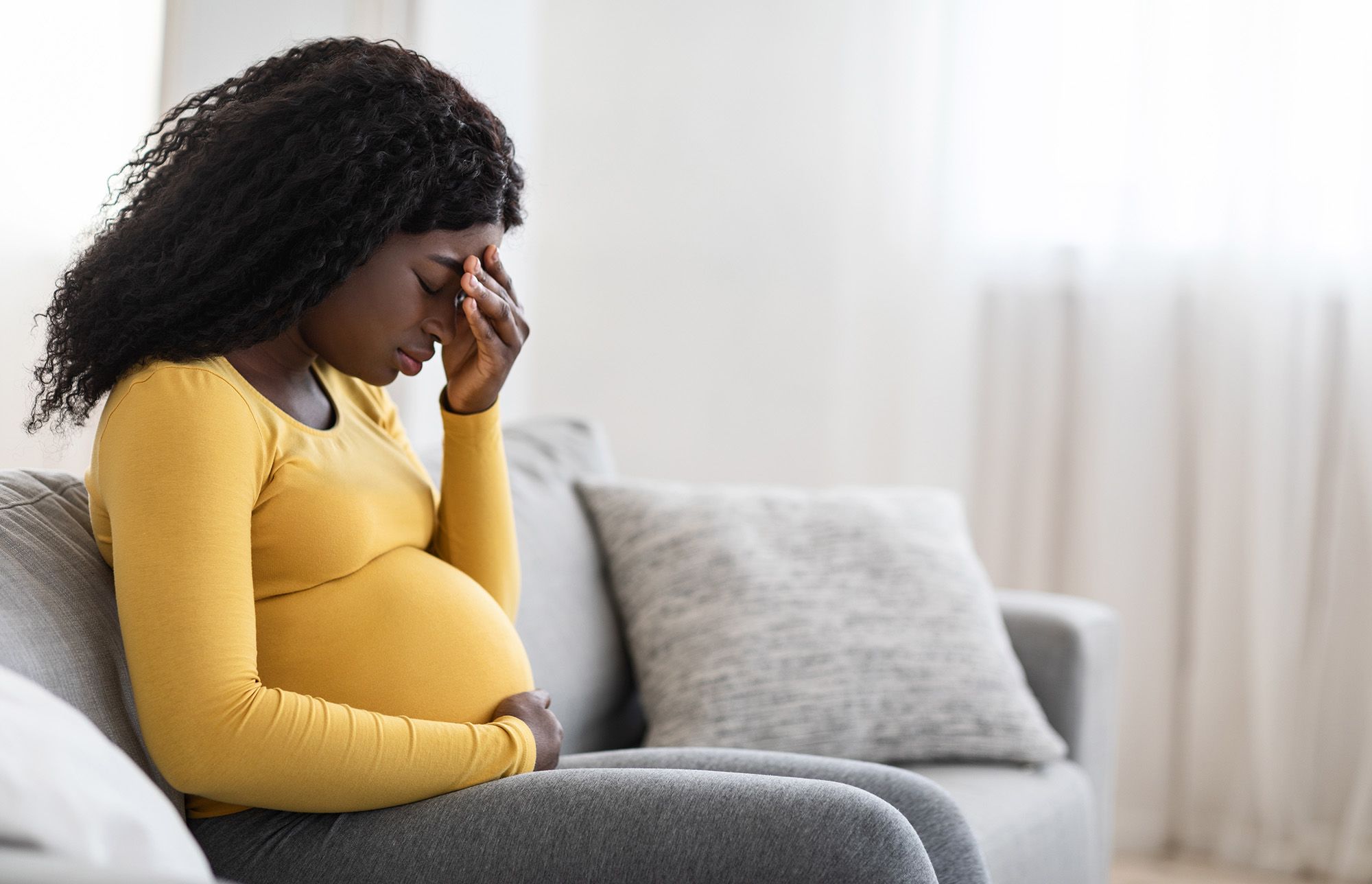Have you had a stroke? If so, you’re not alone — about 800,000 Americans have a stroke each year. Of this number, about 25% are recurrent strokes, meaning the person has already had at least one.
In the United States, stroke is the fifth leading cause of death. It is also the number one cause of significant long-term disability because of the brain damage it can cause. If you have had a stroke, it’s normal to feel discouraged, uncertain and even scared about your current prognosis. However, understanding what happens during the recovery period after a stroke could empower and encourage you to make lifestyle changes that might help your brain heal and reduce the risk of experiencing another stroke.

How a Stroke Affects Your Brain and Body
There are two primary types of stroke:
- A hemorrhagic stroke happens when a blood vessel ruptures in the brain.
- An ischemic stroke occurs when the brain’s blood supply is cut off or blocked.
Because a stroke kills brain tissue, the primary goal of rehabilitation is to teach you skills that may have been lost due to the damage in your brain. These programs can help you not only improve your day-to-day quality of life but also regain independence.
A Closer Look at Stroke Rehabilitation
How soon can you start stroke rehabilitation? It depends on your doctors, but typically the earlier, the better. Beginning a rehabilitation program shortly after a stroke could help you recover skills and abilities more quickly.
However, it’s important to understand that your doctor’s initial priorities after you experience a stroke are to stabilize you, get any life-threatening conditions under control, prevent another stroke, and limit complications as much as possible. Nonetheless, you might start stroke rehabilitation within a day or two after having a stroke, while you are still in the hospital.
The brain is a remarkable organ that can heal itself, even after a stroke. Because of the brain’s neural plasticity — or ability to form new nerve cell connections — certain parts of the brain can substitute for others. For instance, if a bundle of cells is damaged, other brain cells can step in and handle functions previously managed by the impaired portion. As your brain begins to heal after a stroke, you can learn skills to compensate for any lasting injury or weakness.
Participating in a focused rehabilitation program is one way to ensure that you can recuperate to the best of your ability. Your personal recovery plan may depend on the severity of the stroke and how it affected you. For example, rehab may include physical activities such as:
- Mobility training: If your mobility has been affected by a stroke, you might learn how to use mobility aids such as wheelchairs, walkers, canes or ankle braces.
- Motor-skill exercises: Motor skill exercises help improve your coordination and muscle strength.
- Constraint-induced therapy: This type of exercise, sometimes called forced-use therapy, involves restraining an unaffected limb while moving the affected limb.
- Range-of-motion therapy: A stroke may have caused muscles to tense; these exercises are designed to loosen muscles and help extend your range of motion.
See Also: Home Remedies for Lower Back Pain
Emotional and cognitive activities often incorporated into stroke rehabilitation include:
- Therapy to improve communication skills: If your ability to hear, speak, write or comprehend has been impaired by a stroke, this type of therapy could help.
- Therapy for cognitive problems: A stroke can sometimes impact your ability to think, reason and remember. Speech and occupational therapy could help improve your problem-solving, processing and memory functions as well as social skills and judgement.
- Psychological support: Experiencing a stroke may cause a variety of emotional issues, including depression, anxiety, anger and/or grief. Part of your rehabilitation, therefore, might include professional counseling or participation in a support group with other stroke survivors. Your doctor may also prescribe medication such as antidepressants to help address these concerns.
Embrace Healthy Lifestyle Changes to Support Recovery
In addition to a formal stroke rehabilitation program, there are a number of ways you can augment the healing process and reduce your chances of having another stroke.
The biggest treatable risk factor for stroke is high blood pressure. Preventing high blood pressure should be a priority, but if you do develop it, it’s critical to diagnose and treat it straightaway. Other lifestyle modifications include:
- Eating a healthy diet: Cut back on sodium and enjoy a diet based around vegetables and fruits, whole grains, lean proteins and healthy fats. Avoid salty snacks and junk foods that tend to be high in calories and fat but contain few nutrients.
- Maintaining a healthy body weight: Being overweight or obese can increase your risk of stroke. In addition to watching calories, consult with your doctor about strategies to lose or maintain a certain weight.
- Moving more: Regular exercise can help reduce the risk of stroke and lower blood pressure as well. Moving more during the day — especially if you have a sedentary job — can help increase your activity level.
- Quitting smoking: Smoking can cause high blood pressure, heart disease and other conditions, including a stroke. If possible, avoid secondhand smoke as well.
- Limiting alcohol: Alcohol use can also increase the risk of stroke, so it might help to reduce or eliminate any alcohol from your diet.
- Taking medications: Talk to your doctor about whether an aspirin regimen or other medication is a good idea for you.
- Controlling other conditions: Work with your doctor to determine how you can manage other health conditions such as high blood pressure, diabetes and high cholesterol. If you can control these issues more effectively, you could help prevent other ailments from developing.
Keep a Positive Attitude Throughout the Recovery Process
The duration of stroke rehabilitation can depend on the severity of the stroke and any related complications. While some survivors recover fairly quickly, most people need long-term rehabilitation — months or even years — to recover lost skills and independence.
You can expect a rehabilitation plan to change as you begin to relearn skills. In the meantime, don’t be afraid to ask for support from your loved ones. Stay connected to the people you care about and take time to attend to your emotional and physical health. A positive attitude toward recovery may be one of your greatest assets in the months to come. To learn more about the effects of a stroke, check out the accompanying resource.
Author bio: Renee Bibian is Vice President of Quality and Education for Family Home Health Services, a home health care agency in Florida. She has more than 20 years of experience in the health care industry and focuses on providing clinical, regulatory, and quality oversight in a home health multisite environment.
Resources
- https://www.slideshare.net/InfographicsForBlogs/life-after-a-stroke-brain-regeneration-healing
- https://www.mayoclinic.org/diseases-conditions/stroke/in-depth/stroke-rehabilitation/art-20045172
Post You May Also Like




